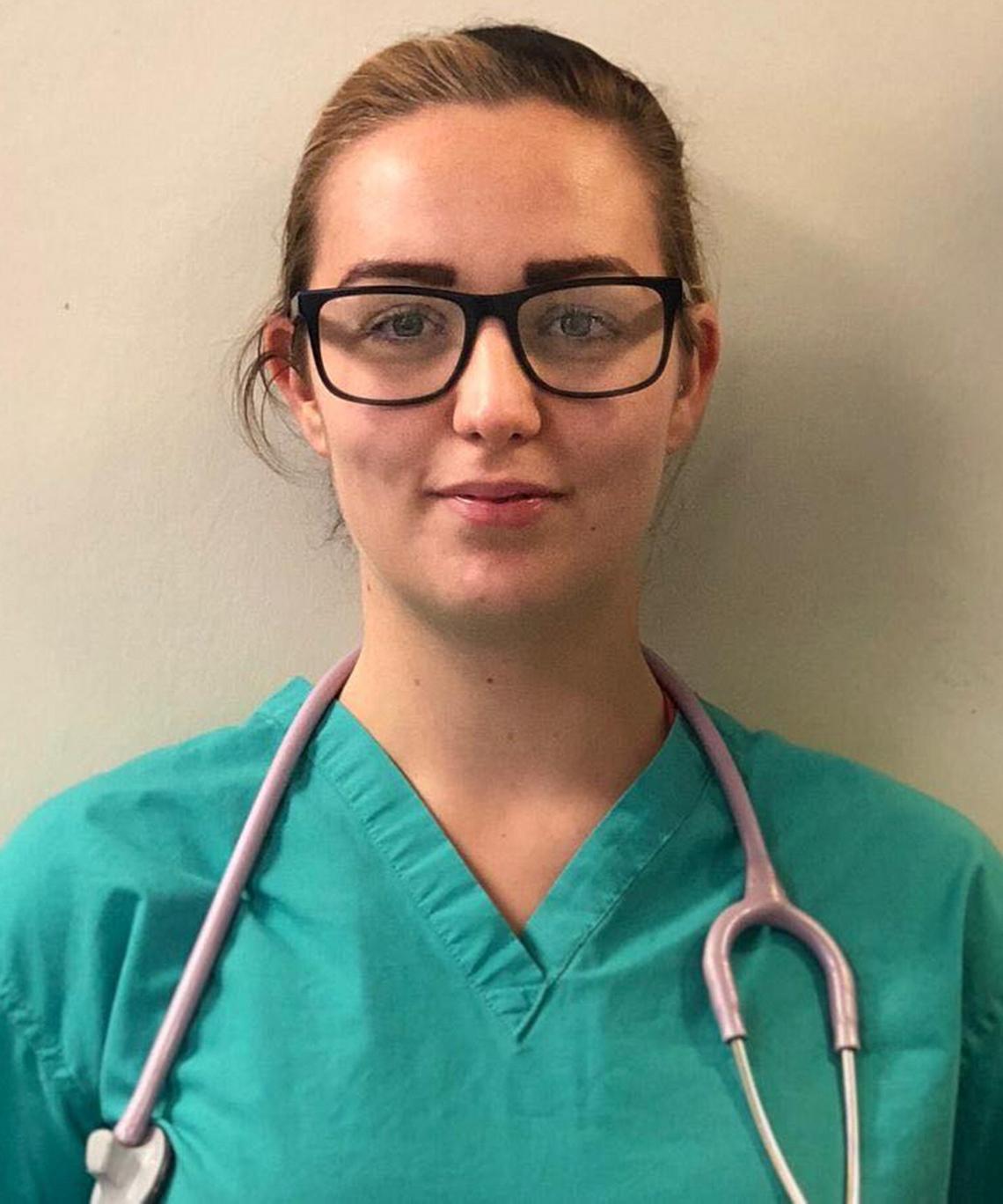VNJ Articlesanaesthesiabasboasbrachycephalicclinical
23 August 2022
Brachycephalic anaesthesia, part 1: the pre-anaesthetic period by Courtney Scales and Niamh J. Clancy
ABSTRACT: This article intends to highlight the many complications that can arise during the pre-anaesthesic period with brachycephalic breeds, and address how to mitigate some of the risks. This first article will deal with the pre-anaesthetic stage discussing anatomy, admitting the brachycephalic patient and pre-anaesthetic checks, whilst a subsequent article will address the recovery period.
Author(s)
Courtney Scales DipVN, NCertlAnaesth) RVN

Courtney is originally from New Zealand, where she qualified as a Veterinary Nurse in 2010 and worked in a number of small animal clinics in Auckland. An anaesthesia passion took her to a large referral hospital in Australia in 2015. She has been working at the Royal Veterinary College since 2017.
Email: cscales@rvc.ac.uk
Niamh Clancy Dip AVN (Small Animal), DipHE, CVN, Dip VN, PGCert VetEd, FHEA, RVN

Niamh graduated from University College Dublin with her Diploma in Veterinary Nursing in 2011. She then moved to the UK and worked in hospitals across London while studying for her Advanced Diploma, which she obtained from Myerscough College in 2015. She currently divides her time as an anaesthesia nurse at the Queen Mother Hospital for Animals and as a Clinical Educator in Anaesthesia for the veterinary nursing school at the Royal Veterinary College.
She recently obtained her Certificate in Veterinary Education.
Email: nclancy@rvc.ac.uk
Keywords: anaesthesia; brachycephalic; BOAS; BAS
To cite this article: Veterinary Nursing Journal • VOL 34 (06) • June 2019 pp146-150
To gain access to this article, select one of the links below:
